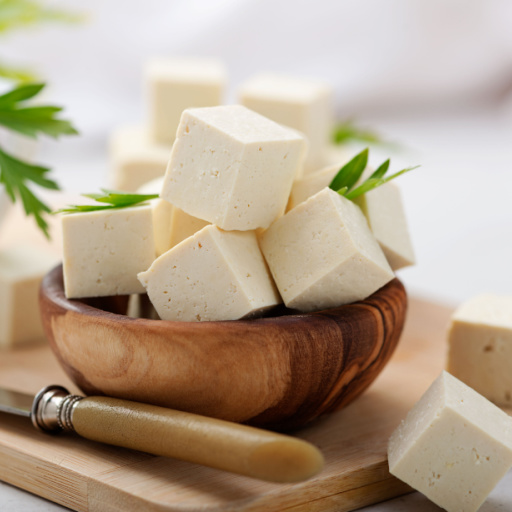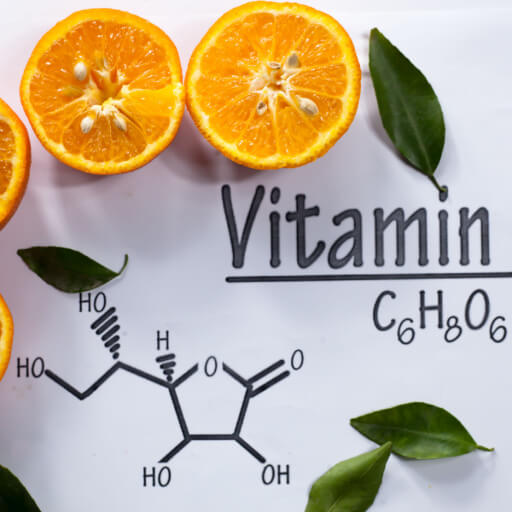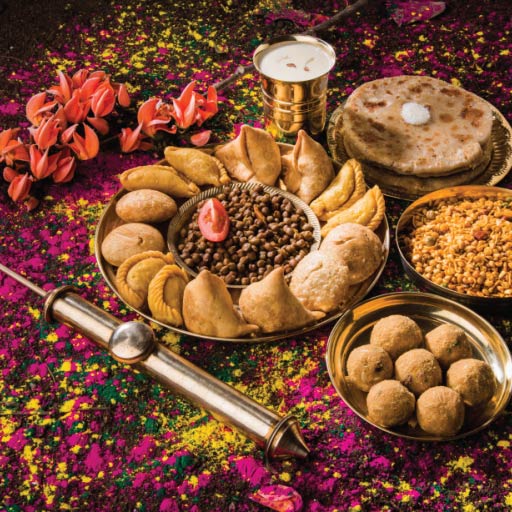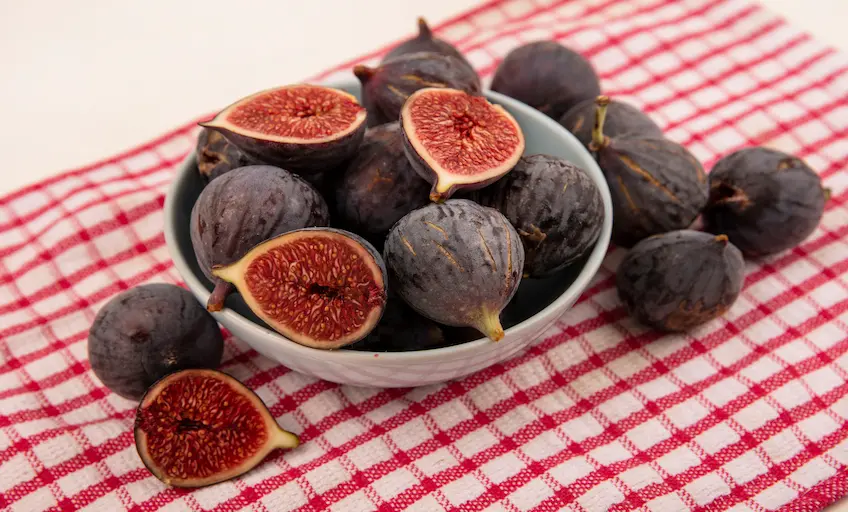Cottage cheese, popularly known as paneer, and tofu are similar-looking nutrient-rich foods which are incredibly good for healthy diet choices. However, in terms of preparation, tofu is derived from soy milk, whereas paneer is made from curdled buffalo milk. Let’s see a complete breakdown of the details of these two popular food choices to understand which one is better.
What is tofu?
Tofu is a well-liked plant-based protein choice that is consumed all around the world. Soybeans are ground in water, cooked, and converted into tofu by adding calcium or magnesium salt coagulants. After being formed into a block, the curds are subsequently marketed as tofu. It comes in various forms ranging from extra-firm to extra-soft silky tofu.
What is paneer?
Paneer is a form of fresh cheese that doesn’t need to be aged or cultured before consumption. It is one of the simplest cheeses to make at home using milk, vinegar or lemon juice, and a little salt for seasoning. The acidity of the lemon juice causes the milk to split into curds and whey, with a few drops poured over it. Paneer is formed by pressing the curds and removing the whey.
Tofu vs Paneer: Nutritional Value
Tofu and paneer nutrition values differ, even though both are considered rich protein sources. They are laden with nutrients like calcium, potassium, and iron. However, the difference between tofu and paneer is in the constitution of each nutrient.
Here’s a comparison of the nutritional value of 100 grams of tofu (firm and made with calcium sulphate) with paneer.
| Firm Tofu | Paneer | |
|---|---|---|
| Calories | 144 | 321 |
| Protein (g) | 17.3 | 25 |
| Carbohydrates (g) | 2.78 | 3.57 |
| Fibre (g) | 2.3 | 0 |
| Fat (g) | 8.72 | 25 |
| Calcium | 53% of DV | 31% of DV |
| Potassium | 5% of DV | 2% of DV |
| Iron | 15% of DV | 0% of DV |
*DV = Daily Value
Which one is healthier?
Paneer has high carbohydrates, calories and fat, while calcium, potassium and iron are higher in tofu. However, in terms of protein, a general serving of tofu is half a cup or 126 grams, while paneer comes down to 28 grams. Hence, the protein content will probably be higher in your typical serving of tofu than in paneer.
The richness of both paneer and tofu in calcium makes them an excellent dietary supplement for bone health. However, the same wouldn’t apply to tofu if it is not made with calcium sulphate.
Tofu takes the upper hand in the tofu vs paneer comparison as a beneficial source of plant compounds (e.g. isoflavones), which cannot be provided with paneer. In addition, it is a healthier option for two main reasons:
Health benefits: The isoflavones-rich protein is considered to help prevent certain diseases. Isoflavone-rich food like tofu is linked with lowering the risk of heart problems, certain cancers and osteoporosis.
Vegan-friendly: Being a plant-based protein, tofu fits right into a vegan diet. Unlike paneer, it excludes any animal products like milk.
Comparing the taste and texture
People have different preferences when it comes to tofu and paneer. They are offered in white blocks and are used in meals for various Asian cuisines. Both of these meals are made by pressing and curdling and taste light on their own.
However, here’s how you can understand the difference in taste and texture of the two foods:
Texture: Paneer, being made of full-fat dairy, is extremely soft in texture. Tofu, on the other hand, has various textures ranging from firm to a ‘silken’ texture. Soft tofu may have the least amount of fat, making it simple to digest and more likely to have nutrients that the body will be able to absorb.
Taste: Tofu is considered to be largely flavorless, absorbing the flavors of sauces, seasonings and spices it is cooked with. Many also regard it as having a ‘bean-like’ taste. While paneer is also known to absorb the flavors of its marinades, it has a somewhat milky taste.
Even with the distinctions in taste and texture, individuals with lactose intolerance can opt for tofu as protein in their diet, while individuals allergic to soya have a substitute in the form of paneer.
How can they be used?
The main difference between cheese and paneer is its firmness and the fact that it doesn’t melt easily. Hence, paneer is favored in the form of chunks in a thick soup, crumbled over flatbread or as grilled kebabs on skewers. However, in India, it is best cooked in various curries. Palak paneer, for example, is a simple-to-cook popular dish comprising paneer cubes and a puree of spinach leaves.
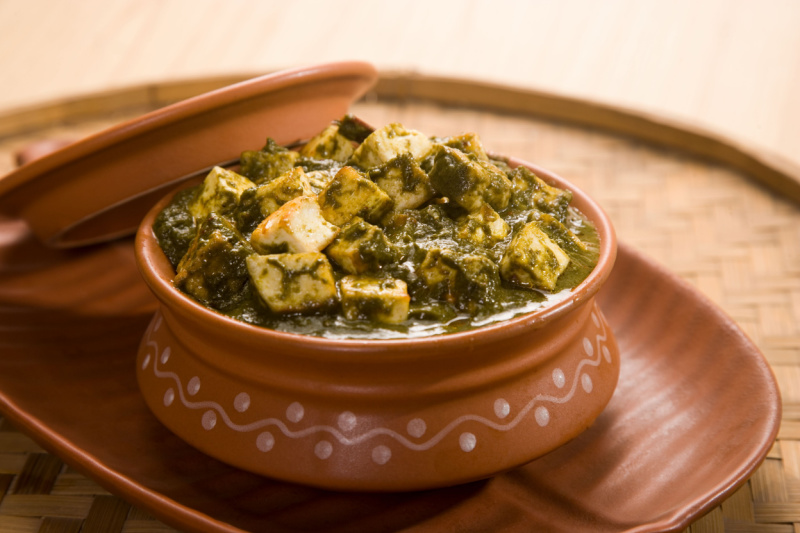
Tofu, on the other hand, is common in Chinese cuisine. Trying tofu for the first time? It can be easily stir-fried as garlic tofu. Silken tofu is a great substitute for cream or yogurt when blended well. Tofu is also available as noodles, making it an extremely versatile food choice when on a diet.
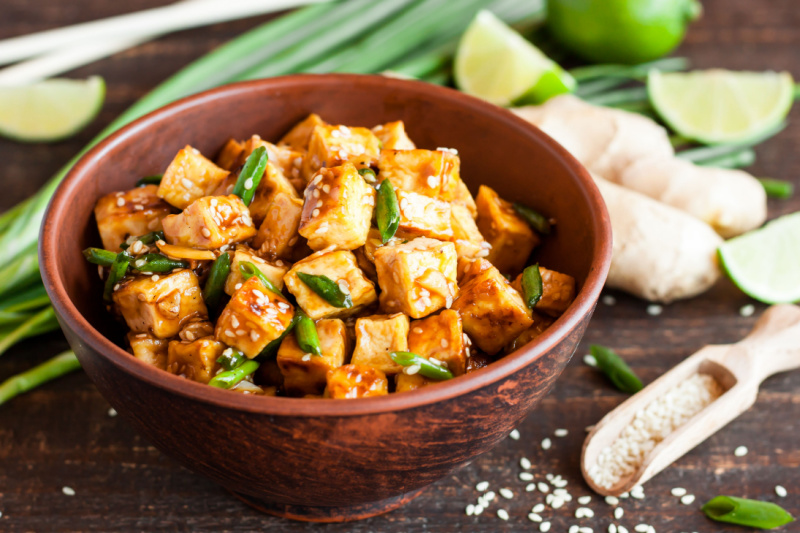
The best part about cooking with tofu and paneer is that they can be used interchangeably with little change in taste and texture. This is a great solution for those who prefer to eat vegan. Firm or extra-firm tofu is best used to match the texture of paneer.
Tofu is the way to go if you are ready to get on that diet or just want to be more careful about your dietary choices. It is nutritious and healthier, with almost the same taste and texture as paneer, making it the perfect choice for healthy living.
Stay tuned to the Activ Living Community. Keep up to date with the latest health tips and trends through expert videos, podcasts, articles and much more in nutrition, fitness, mindfulness and lifestyle conditions like Asthma, Blood Pressure, Cholesterol and Diabetes.
You might also want to read similar blogs on:
- How Does Including Curd In Your Everyday Meal Benefit You?
- How Can These 5 Protein-Rich Foods Benefit Your Body?
Popular Searches
Natural Beta blockers | How to cure depression | Summer activities for kids | High bp symptoms | HIIT workout | How to increase platelet count | Dash diet | Systolic and diastolic blood pressure | High blood sugar symptoms | Tabata workout | Push ups for beginners | Benefits of zumba | How to prevent breast cancer | Homeopathic medicine for asthma | Fruits to avoid in pcos | Neck pain relief exercises | Yoga for heart | Healthy soup recipes | Anti aging foods | Vitamin rich foods





 1800-270-7000
1800-270-7000

